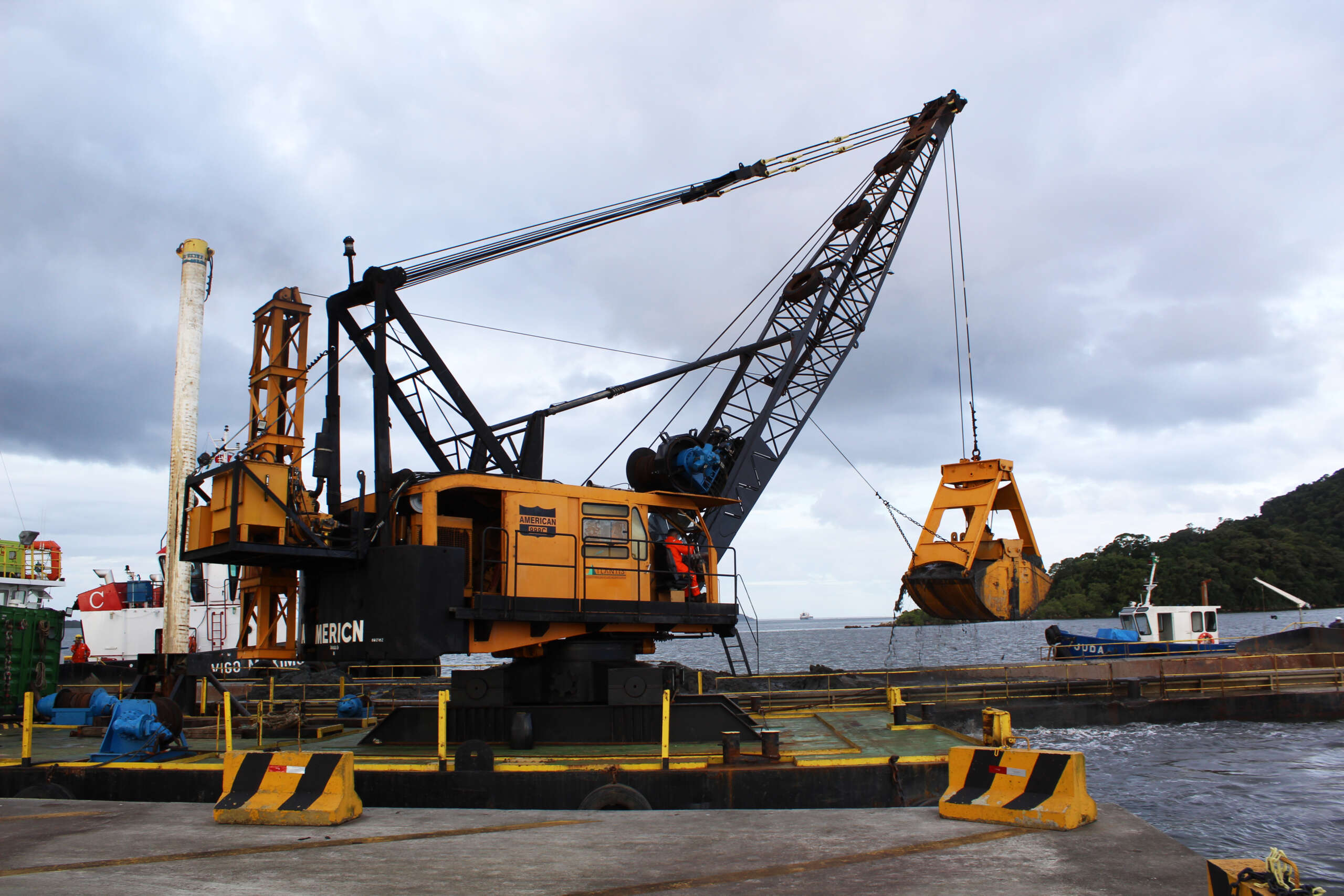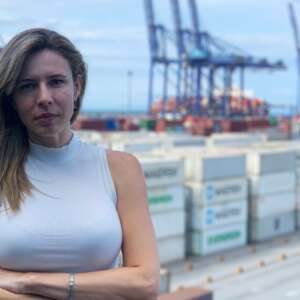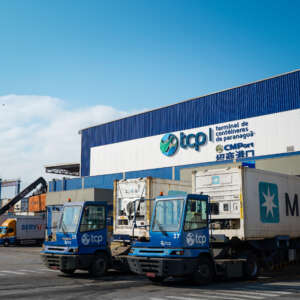Works will allow mooring of Ro-Ro ships and should generate more productivity for port operations; investment is R $ 28 million
The Paranaguá Port Authority started, in the beginning of April, a deepening dredging in the new dolphins, close to the TCP area – company that manages the Paranaguá Container Terminal. The works will allow the mooring of Ro-Ro (Roll-on Roll-off) ships, used for the transportation of rolling loads. The forecast is that the works will be completed in September.
The works are carried out by the consortium of companies SK, Atlantis and Boskalis, while TCP is responsible for the environmental licensing, the construction of the structures (already completed) and the environmental monitoring that will be carried out during the dredging activities. The investment for the execution of the service exceeds R $ 28 million.
Currently, Ro-Ro class ships dock at public berths (Berth 215), in front of the Container Terminal, occupying a space in the docking window for container ships. “With the dredging works, the Ro-Ro ships must have a dedicated berth for mooring, generating more capacity and making the operations of rolling cargo more productive in our Port. This will also reflect greater flexibility for a TCP, so that the terminal can absorb more ships simultaneously ”, explains Thomas Lima, TCP’s Commercial and Institutional Director.
SAFETY
The dredging works should not interfere with the daily life of the local community, since the equipment used in the dolphins’ dredging operation should remain in the area of ??the dredging polygonal almost full-time, not interfering with the circulation of vessels on the Cotinga channel. . Throughout the period, the equipment used and the vessels will be monitored to ensure the safety of the navigators.
“In times of maneuver, there may be some interference, however, respecting safety rules, these situations are predictable, planned and perfectly manageable,” explains Thomas Lima. The monitoring of the vessels will be carried out through video images and on-site observation.



